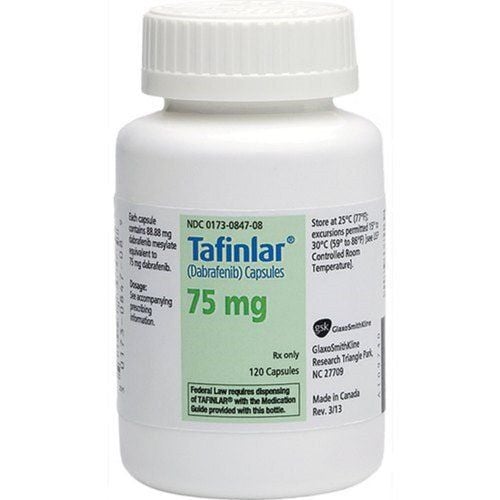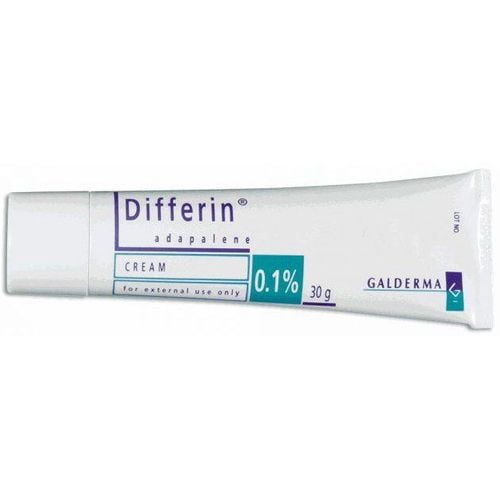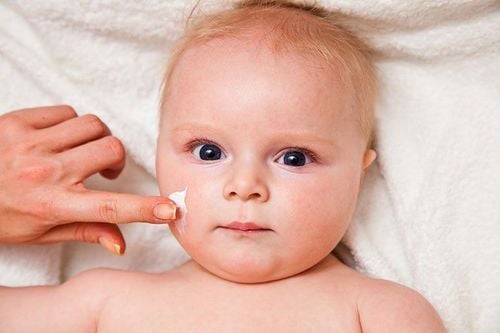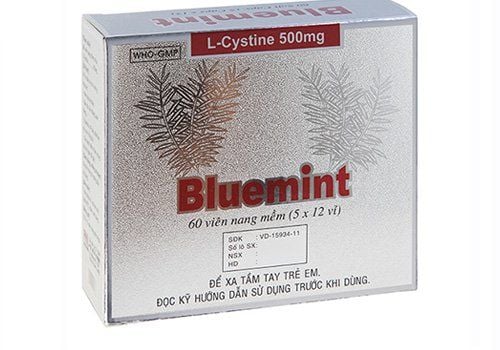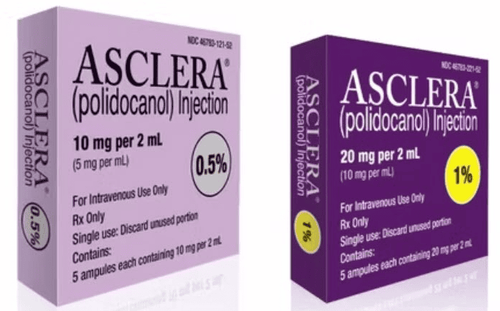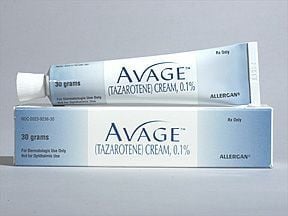This is an automatically translated article.
The article was professionally consulted by Specialist Doctor I Le Thi Thu Hang - Dermatologist - Department of Medical Examination & Internal Medicine, Vinmec Hai Phong International General HospitalAs age increases, skin as well as other organs will naturally age. Let's find out what happens to the skin as we age through the article below.
1. Actinic keratosis
Natural ultraviolet rays in sunlight or from an artificial source (such as tanning beds) cause these changes. There may be one or more sites of keratosis pilaris, most of which are red (but some may be brown or pink).If keratosis occurs, please see a specialist, because if left untreated, the disease can turn into cancer. Treatments for photokeratosis are topical creams, surgical removal, cryotherapy, or thermal ablation.
2. Seborrheic keratosis
After middle age, seborrheic keratosis can appear almost anywhere on the body and in many locations. Seborrheic keratosis is harmless, but it can look like precancerous or cancerous skin, so it's best to get it checked out. Seborrheic keratosis does not require treatment, unless it is cosmetically disruptive.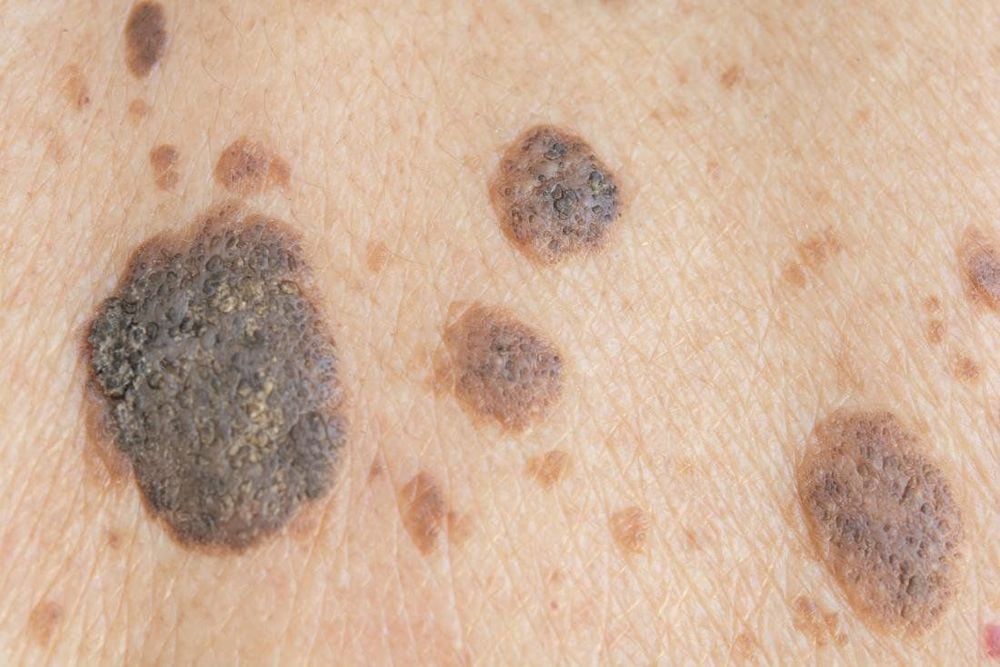
3. Pigmentation marks of aging
Age spots are small dark patches of skin that often appear on areas exposed to a lot of sunlight, such as the face, hands, shoulders, and arms. Age spots are most common after the age of 50, but young people can also experience them if they spend a lot of time outdoors.Aged pigmentation does not require treatment, but if it is felt to affect the aesthetics, the doctor can lighten it, or remove it. Age spots can be prevented by using sunscreen and limiting sun exposure.
4. Cherry blood tumor
Cherry hemangiomas are small red bumps that can appear anywhere on the body, but are more common on the chest, back, and hips. Cherry hemangiomas are painless but can bleed if hit. Cherry hemangiomas are harmless and can be removed with a laser if it is felt to affect aesthetics.5. Milia (hanging molluscum contagiosum)
Milia are raised tissues attached to the surface of the skin by stalks. Milia usually appear on the chest, back, neck, armpits or around the groin.Milia is not dangerous, but it can become irritated and swollen if it is rubbed with clothing or jewelry. If the milia causes discomfort, your doctor can remove it with surgery, cryotherapy, electrocautery, or laser.
6. Degeneration of elastin fibers due to sunlight
Long-term skin damage from the sun causes the skin to turn yellow and develop large wrinkles. Degeneration of elastin fibers caused by sunlight affects all skin colors, but it is more noticeable in light skin. Sun-induced degeneration of elastin fibers only affects the top layer of the skin, but the deeper layers are also damaged if degeneration of the elastin fibers occurs in smokers. Limit your exposure to the sun as much as possible and don't smoke.7. Varicose veins
As you age, weakened blood vessels gradually swell and swell. This phenomenon is mainly seen in the legs and feet. Usually varicose veins are not a serious problem, although they can be painful. To alleviate the symptoms, the doctor may prescribe the use of compression stockings, or perform minor surgery to remove the varicose veins.8. Spider veins
Spider veins are a bunch of damaged blood vessels that appear in the legs, ankles, feet, and even the face. Spider veins are caused by blood stasis, hormonal changes, or trauma.Spider veins are not a big deal, but it can cause an itchy or burning sensation. Spider veins can be resolved with compression stockings or minor surgery.
9. Itchy skin
With age, the skin will gradually dry out, causing itchy skin. If itching persists for more than 2 weeks or itches all over your body, see your doctor, as it could be a sign of a more serious problem such as kidney disease, iron deficiency, thyroid disease or liver disease.10. Leg ulcers
If there is any problem with the blood flow to the legs and feet, the skin here is vulnerable and if bacteria get into the wound, the entire area will become infected. Diabetics need to pay attention to this, because the lesions on diabetic patients are slow to heal, easily progress to ulcers and cause bad consequences.11. Contact dermatitis
Contact dermatitis is an itchy and painful condition that occurs in two forms: allergic (occurs immediately after coming into contact with something) and irritant (occurs after being in contact with something for a while). ). With age, contact dermatitis becomes less responsive to treatment, so try to avoid exposure to things that can trigger contact dermatitis.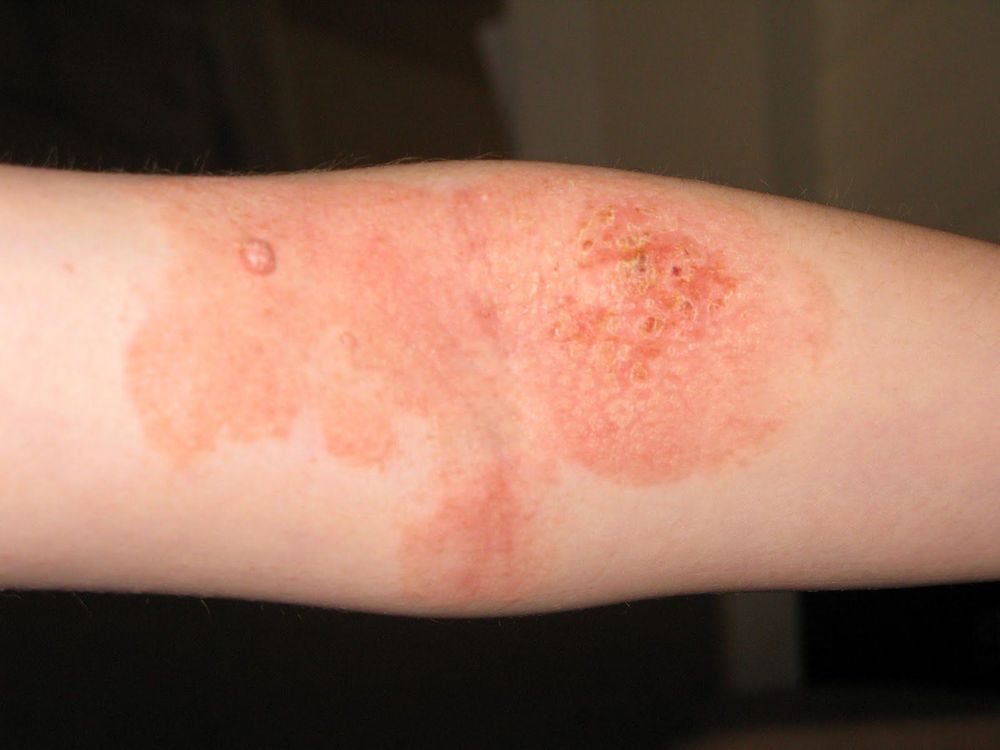
12. Bruises
When small blood vessels near the surface of the skin burst, bruising occurs. With age, the skin will become thinner and lose the subcutaneous fat layer, making bruising more likely. Usually bruising is not something to worry about, but it is still worth paying attention because sometimes bruises are a sign of some more serious health problem.13. Wrinkles
Wrinkles are inevitable as the body ages, but its appearance can be slowed down by eating healthy, getting enough sleep, and exercising regularly. Protect your skin from the sun, strong detergents. Do not smoke, because smoking causes skin aging very quickly. Wrinkles are not a bad thing, it's just that some people don't want wrinkles to appear because of concerns about cosmetic effects.14. Sagging skin
The first place to notice sagging skin is the area between the jawbone and the neck. Using sunscreen and moisturizer along with neck and jaw exercises can help limit this.15. Skin cancer
One of the main causes of skin cancer is exposure to ultraviolet rays in the sun over many years. When cancer is detected, follow your doctor's treatment for the best results.Please dial HOTLINE for more information or register for an appointment HERE. Download MyVinmec app to make appointments faster and to manage your bookings easily.
Reference source: webmd.com





